Abstract
1. Short-term cardiovascular effects of partial and total immersion of eighteen human subjects in the horizontal plane have been examined. Brachial arterial pressure, heart rate, forearm blood flow and respiratory movements were monitored simultaneously throughout the experiments. Forearm vascular resistance was calculated from the mean blood pressure and mean flow.
2. Total immersion, including the face, with breath-holding resulted in a 61 ± 43% increase in forearm vascular resistance with an associated 29 ± 15% reduction in forearm blood flow. The concurrent bradycardia was significantly different from the heart rate changes during breath-holding with the torso only immersed, or during total immersion with snorkel-breathing. Neither breath-holding in air or with only the torso immersed, nor total immersion with snorkel-breathing produced such a diving response.
3. Breath-holding, after several minutes of total immersion and snorkel-breathing, produced an attenuated diving response. It therefore appears that a full diving response can be obtained only when the apnoea commences at the moment of face immersion.
4. The present investigation supports the concept that in man face immersion is an essential predisposing factor for the diving response, and cortical inhibition of the respiratory centre is important for its initiation and maintenance.
Full text
PDF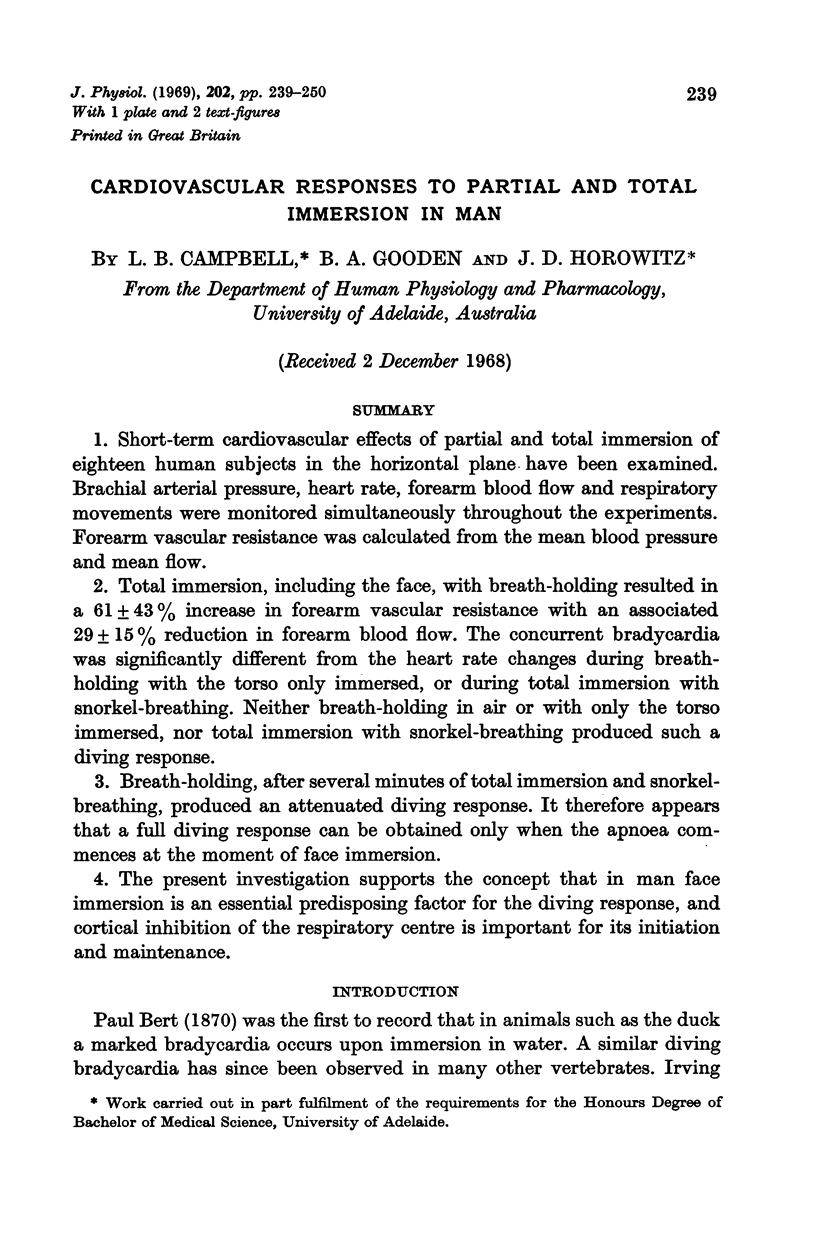
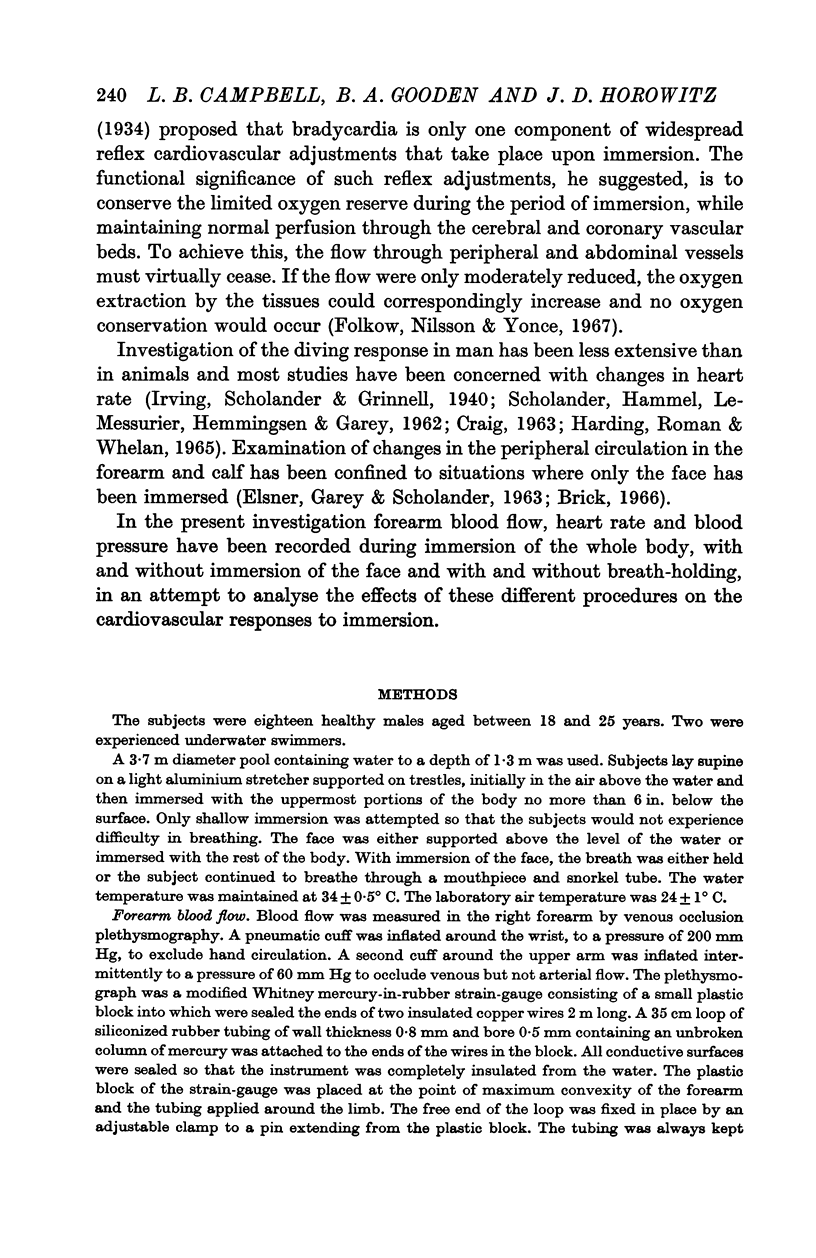

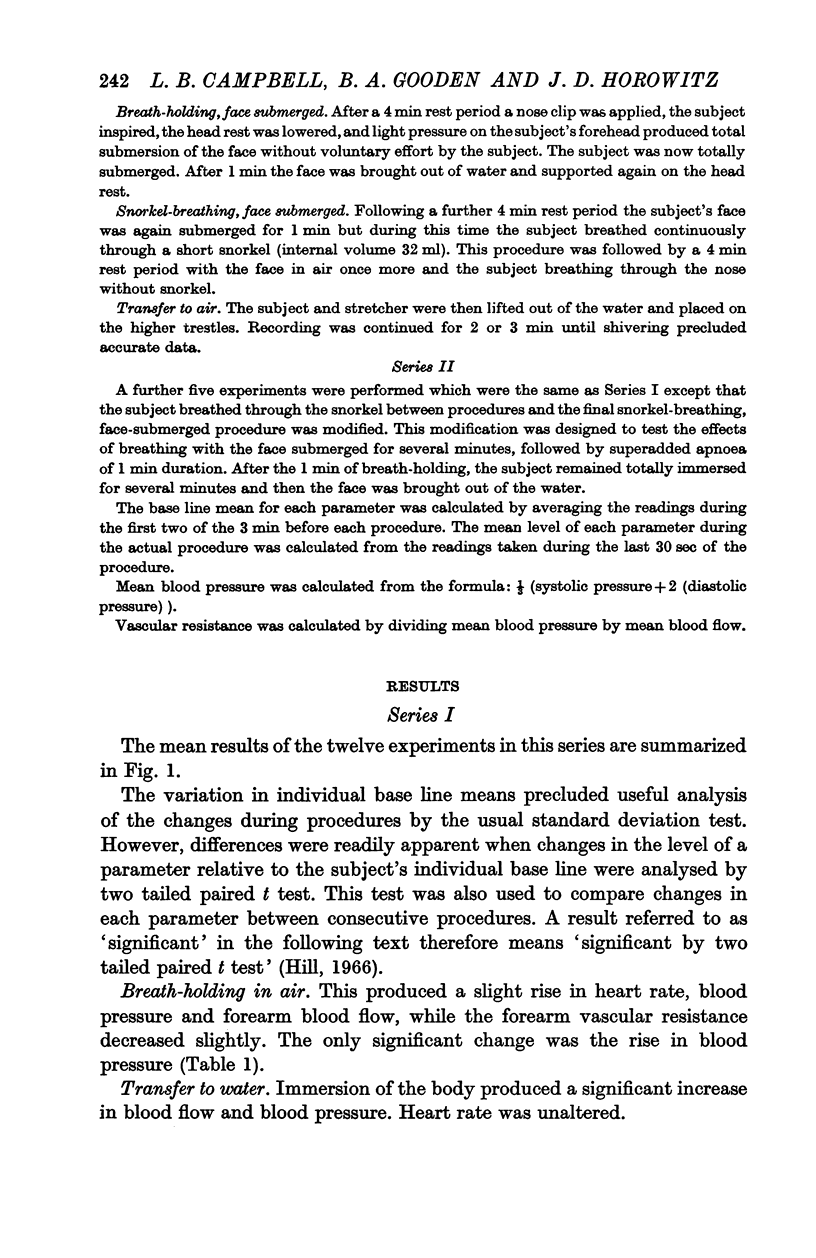
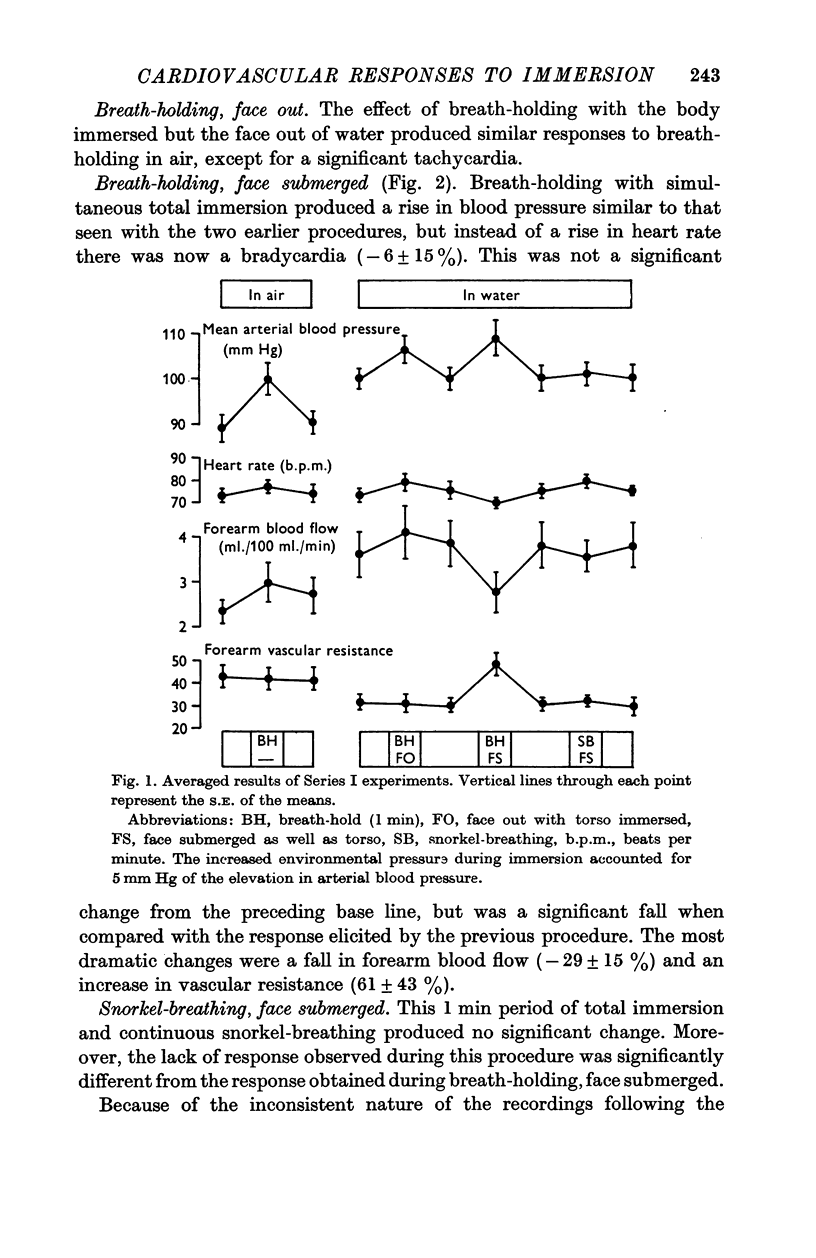
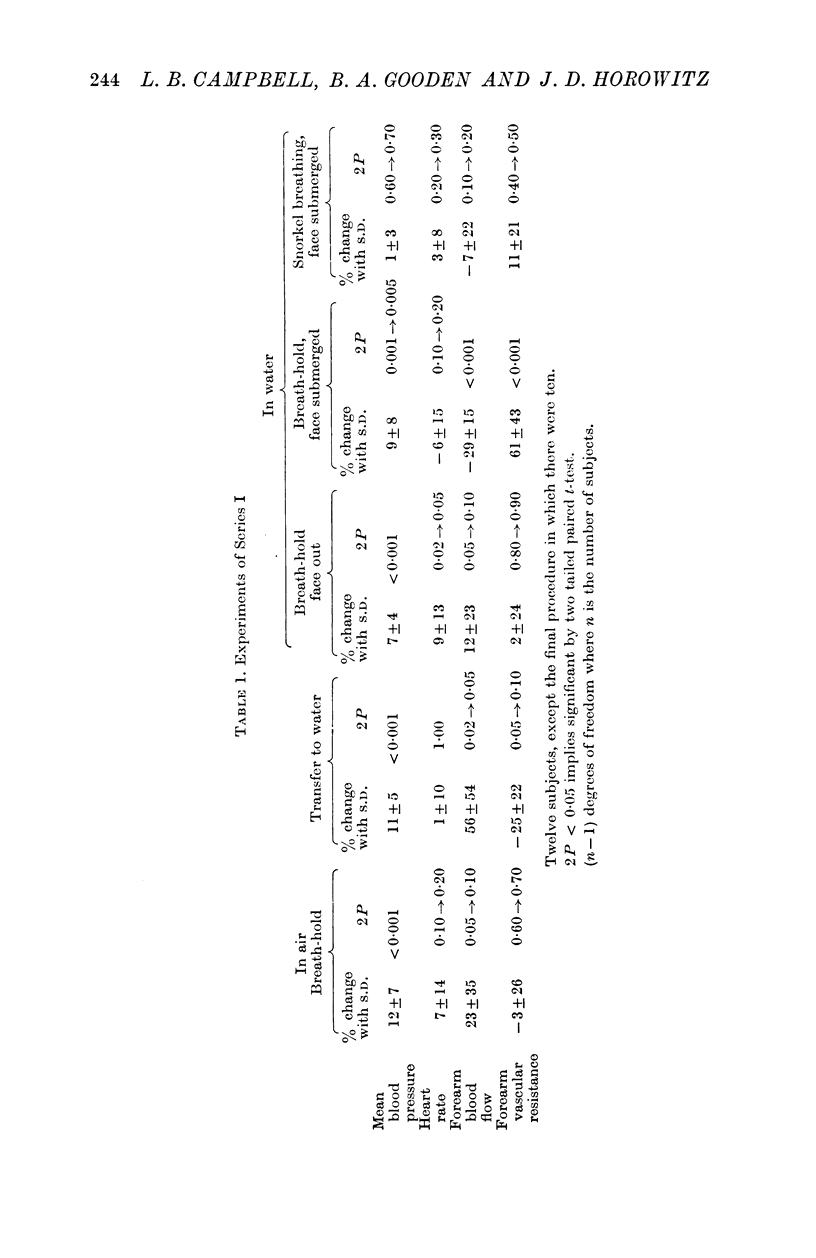
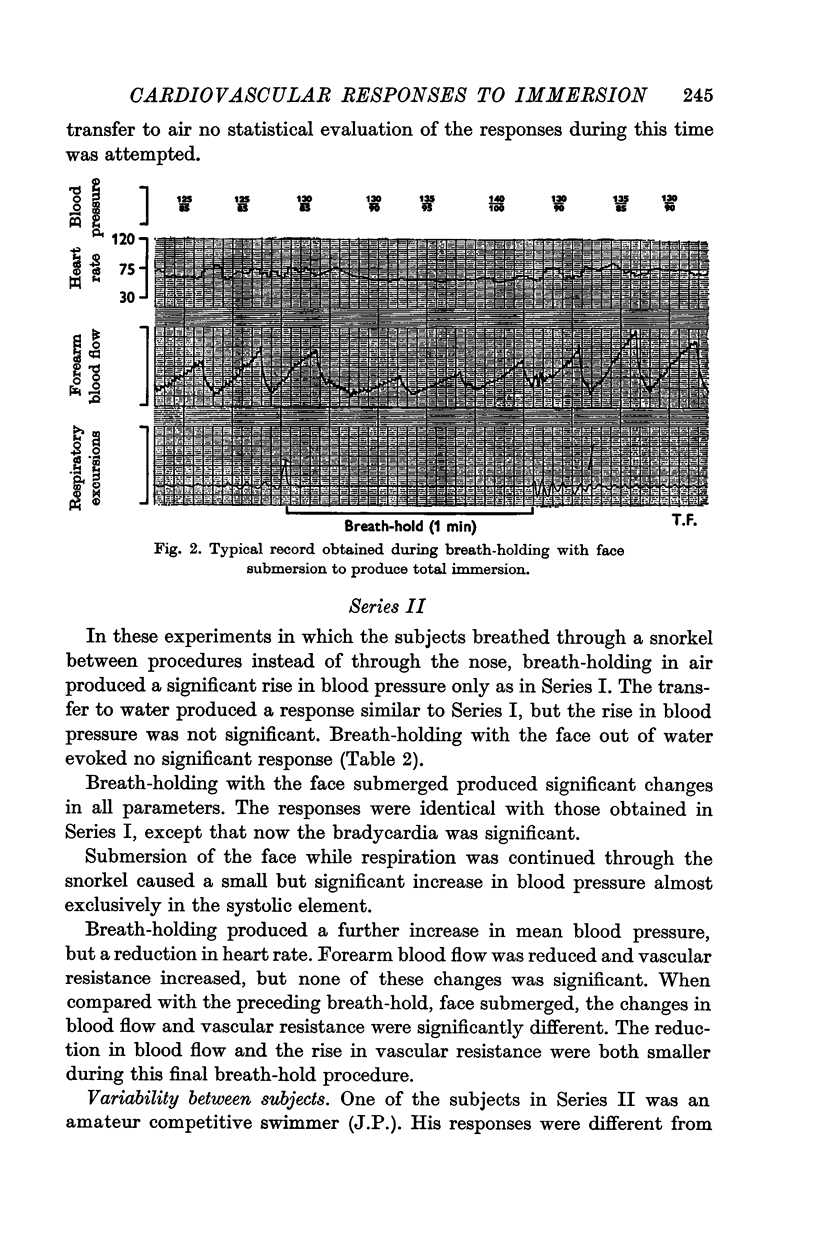
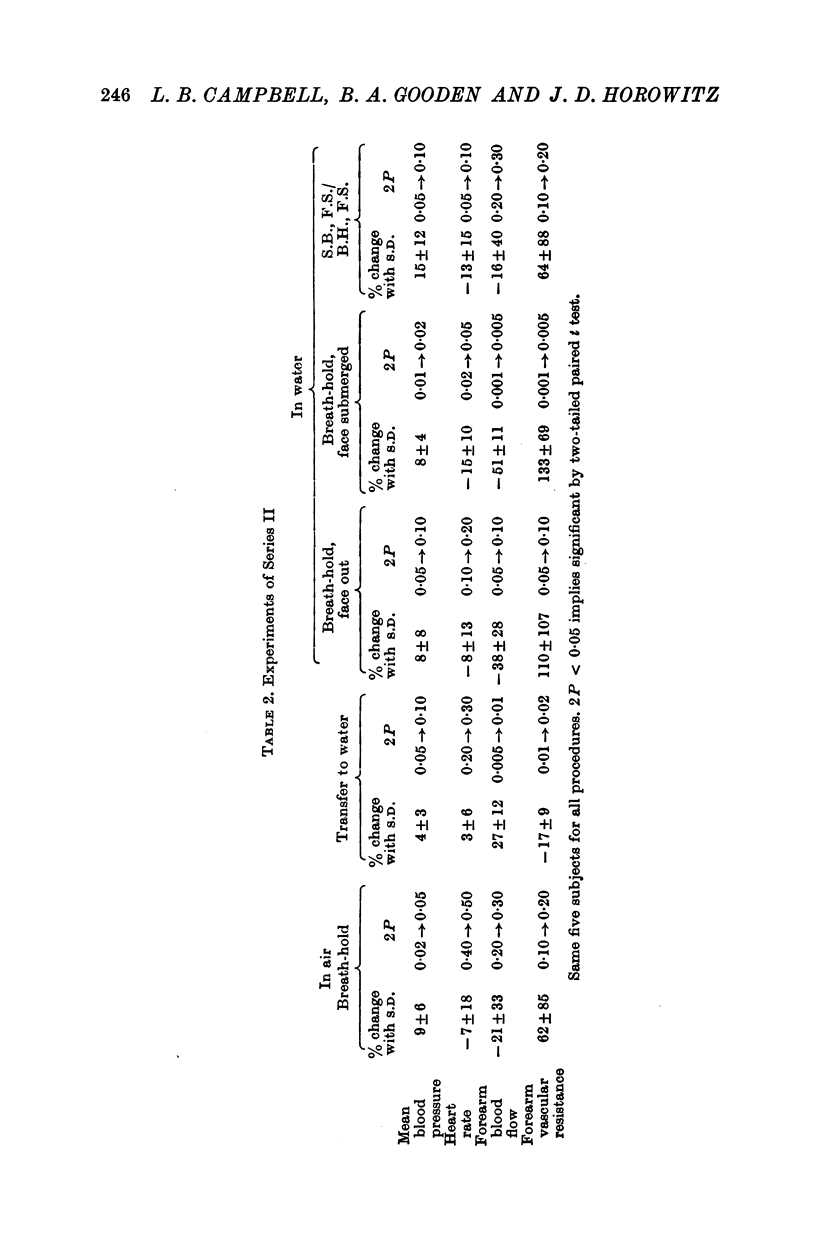
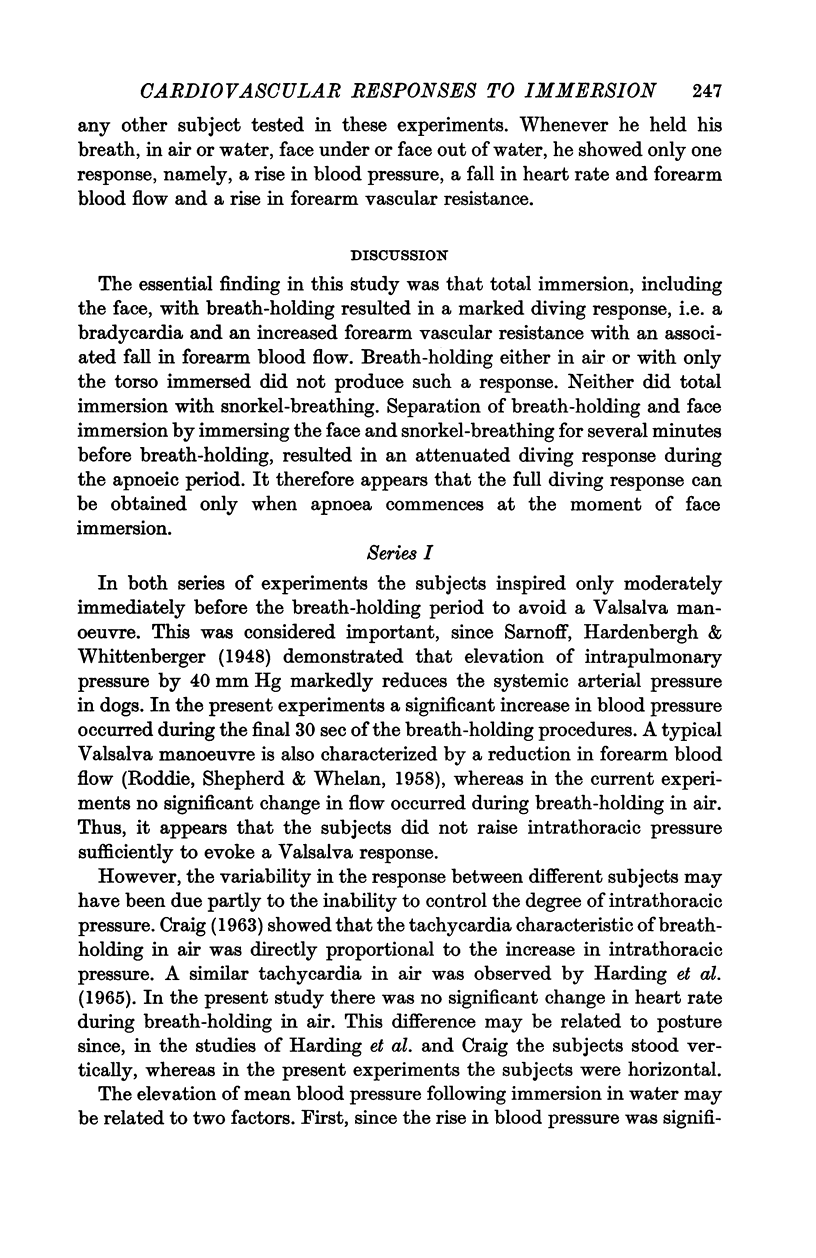
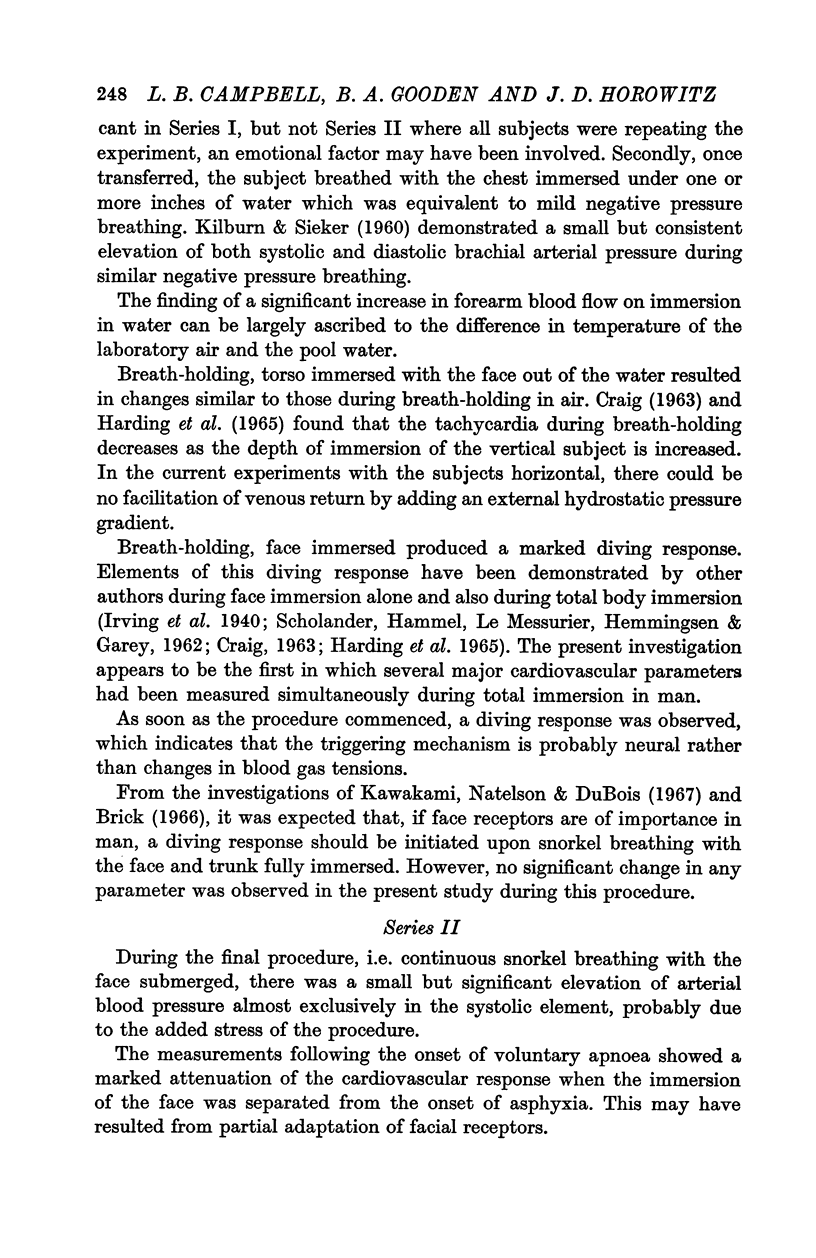
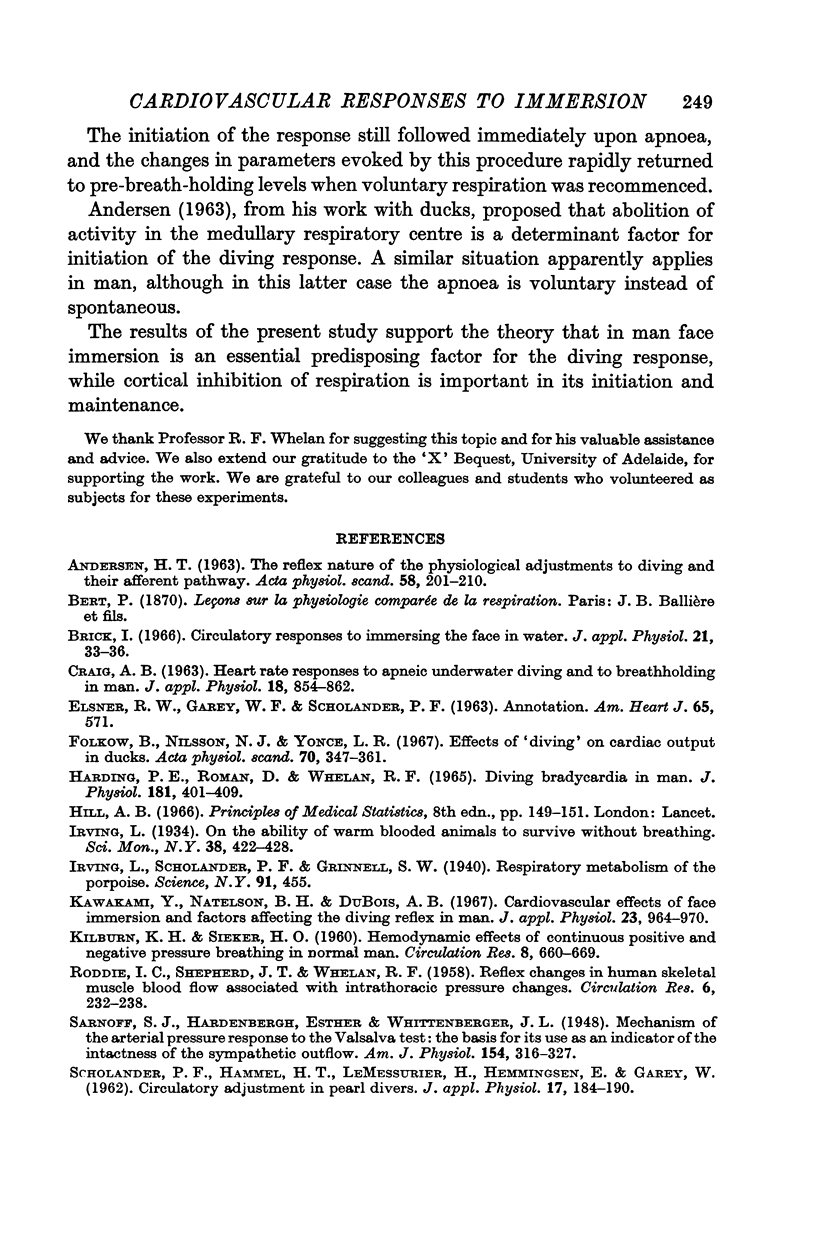
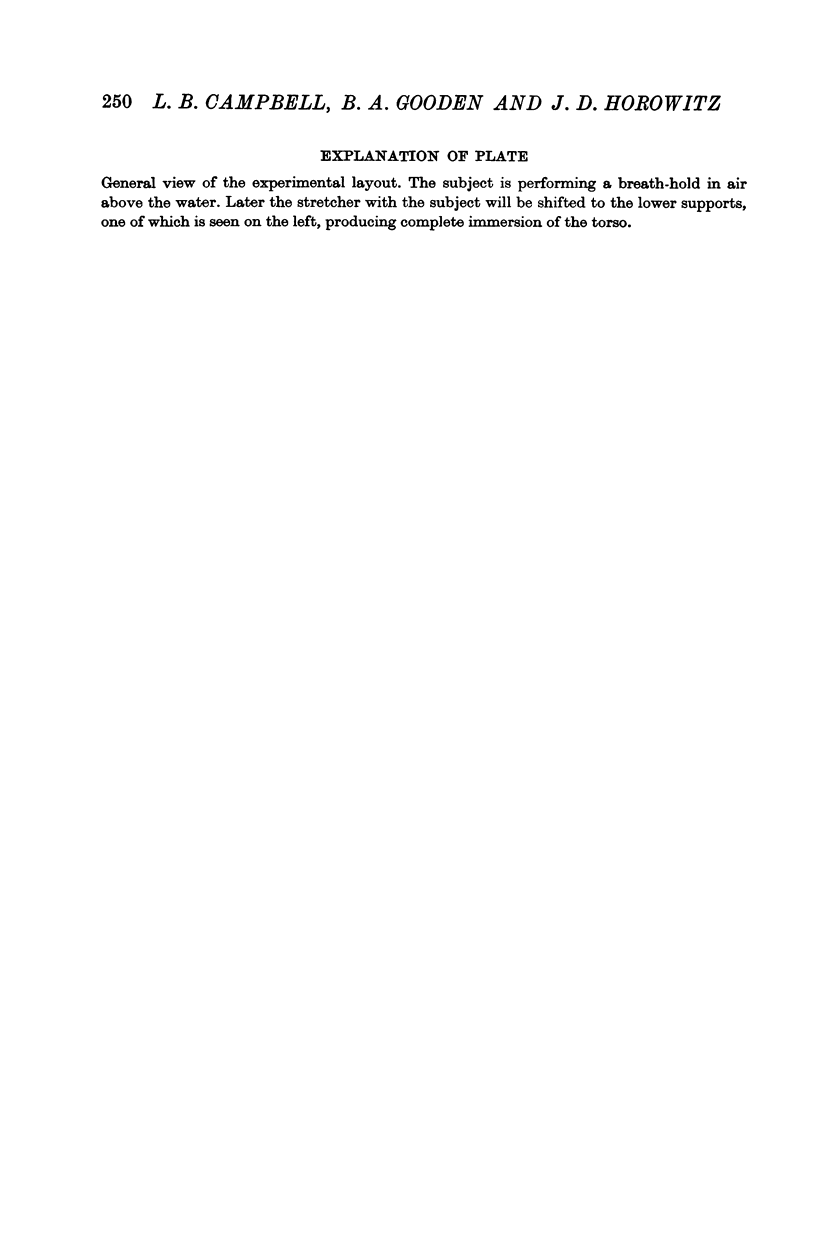

Images in this article
Selected References
These references are in PubMed. This may not be the complete list of references from this article.
- Brick I. Circulatory responses to immersing the face in water. J Appl Physiol. 1966 Jan;21(1):33–36. doi: 10.1152/jappl.1966.21.1.33. [DOI] [PubMed] [Google Scholar]
- CRAIG A. B., Jr HEART RATE RESPONSES TO APNEIC UNDERWATER DIVING AND TO BREATH HOLDING IN MAN. J Appl Physiol. 1963 Sep;18:854–862. doi: 10.1152/jappl.1963.18.5.854. [DOI] [PubMed] [Google Scholar]
- Folkow B., Nilsson N. J., Yonce L. R. Effects of "diving" on cardiac output in ducks. Acta Physiol Scand. 1967 Jul-Aug;70(3):347–361. doi: 10.1111/j.1748-1716.1967.tb03634.x. [DOI] [PubMed] [Google Scholar]
- Harding P. E., Roman D., Whelan R. F. Diving bradycardia in man. J Physiol. 1965 Nov;181(2):401–409. doi: 10.1113/jphysiol.1965.sp007769. [DOI] [PMC free article] [PubMed] [Google Scholar]
- KILBURN K. H., SIEKER H. O. Hemodynamic effects of continuous positive and negative pressure breathing in normal man. Circ Res. 1960 May;8:660–669. doi: 10.1161/01.res.8.3.660. [DOI] [PubMed] [Google Scholar]
- Kawakami Y., Natelson B. H., DuBois A. R. Cardiovascular effects of face immersion and factors affecting diving reflex in man. J Appl Physiol. 1967 Dec;23(6):964–970. doi: 10.1152/jappl.1967.23.6.964. [DOI] [PubMed] [Google Scholar]
- RODDIE I. C., SHEPHERD J. T., WHELAN R. F. Reflex changes in human skeletal muscle blood flow associated with intrathoracic pressure changes. Circ Res. 1958 May;6(3):232–238. doi: 10.1161/01.res.6.3.232. [DOI] [PubMed] [Google Scholar]
- SCHOLANDER P. F., HAMMEL H. T., LEMESSURIER H., HEMMINGSEN E., GAREY W. Circulatory adjustment in pearl divers. J Appl Physiol. 1962 Mar;17:184–190. doi: 10.1152/jappl.1962.17.2.184. [DOI] [PubMed] [Google Scholar]



